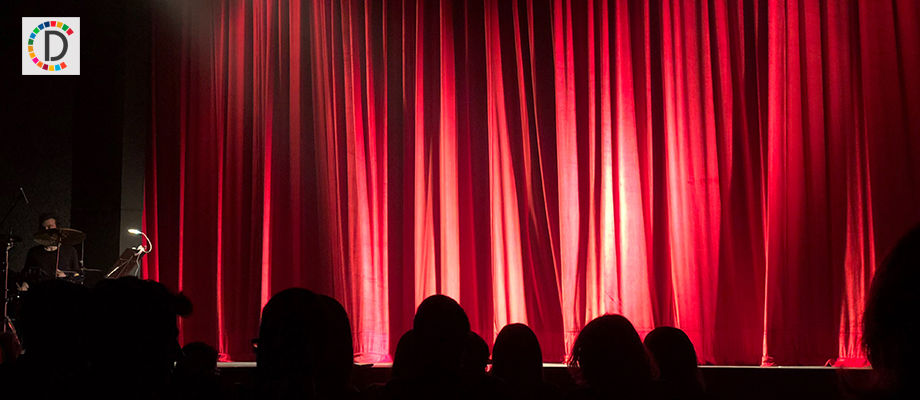Exhibition features works by Flemish painter depicting life in 18th century India

- Country:
- India
Art works by Flemish painter and printmaker Baltazard Solvyns, who lived in Bengal during the 1790s, are on showcase at an ongoing exhibition by DAG at the Bikaner House here.
Titled after Solvyns' original four volume collection "Les Hindous" (translated as 'The Hindus'), the first and second editions of which were published in Calcutta (1796-99) and Paris (1808-12) respectively, the show features 288 etchings by the artist capturing the people and material culture that he encountered during the decade he lived in Bengal. The show is part of DAG's long-term vision of bringing to India works by foreign artists who have lived in the country. It has been curated by writer Giles Tillotson.
"This exhibition is a foreigner's view of India's past – or at least part of it in the 18th century – a great body of work that focuses on Bengal and neighbouring regions, where the artist lived and worked for over a decade starting in 1791," the gallery said in a statement.
"This exhibition, both intimate and encyclopaedic at the same time, rises to the challenge of an artist of his temperament and is an attempt to present the series as an ethnographic as well as a creative exercise," it added. The show explores a detailed and intimate portrait of the Indian people during Solvyns' time in the country. Born and trained in Antwerp, Solvyns came to India in the hope of making his fortune. Living in Calcutta without permission from the board of the East India Company, he stayed on the margins of European society and engaged more with all aspects of Indian life that teemed around him.
While other European artists in India of his time sought to make their fortunes by painting portraits of wealthy 'nawabs' or powerful East India Company officials, Solvyns roamed the back lanes of Calcutta and explored the city's outlying districts to meet people of all kinds and classes, the DAG statement said.
His etchings showcase people of every profession and every level of Indian society, alongside depictions of festivals and sacred rites, complemented with images of animals, birds and insects, trees and crops. Additionally, they also record various kinds of boats, carriages and musical instruments that were then in common use. "In the 18th century, when Solvyns lived in Calcutta, India's relationship with Europe was not on equal terms, but 200 years on we can return his gaze with equanimity and ease, to explore not just what his depiction of India tells us about him, but whether we can learn in it anything about ourselves.
"Solvyns may not always seek to please, but his searching gaze will certainly intrigue us, and may make us look afresh at things we thought we knew only too well," said Ashish Anand, CEO and Managing Director, DAG.
The show that is set to continue till August 20, is accompanied by a book which introduces, illustrates and contextualises this body of work.
(This story has not been edited by Devdiscourse staff and is auto-generated from a syndicated feed.)
ALSO READ
UPDATE 1-European shares dip ahead of ECB policy decision
European shares dip ahead of ECB policy decision
European shares cut back losses after ECB hints of rate cuts
European court decision shows that a safe climate is a human right, former UN rights chief says
ANALYSIS-Climate verdict for Swiss women a warning for European states, oil industry










